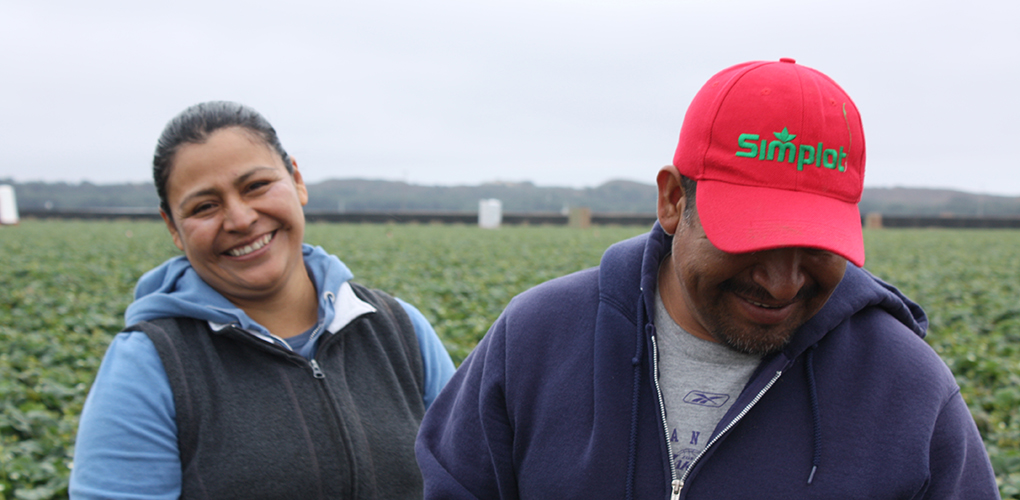
Originally posted in Salinas Californian
by Carolyn O’Donnell, California Strawberry Commission
For more than 500 years,
The story of the United States is told by waves of immigrants. Many came with few possessions or skills; they had limited options, but carried the drive to make a better life. My immigrant grandparents arrived from Hungary nearly 100 years ago, with few possession, some education, and no English language skills. They found jobs in the coal mines, steel mills and oil refineries of the Midwest. The jobs were hot, hard, dirty and dangerous, but my grandparents worked these jobs to make sure that their children had more education and work opportunities than what they had in “the old country.”
Immigrants make up much of the current agricultural labor force. Like the work available to my grandparents, the jobs are hard, but the safety measures and wage protections are far greater now. In California, regulations are much more protective than the rest of the country. These regulations are intended to keep the workplace and the workers safe, and include a myriad of rules governing wages, working conditions, and health and safety precautions.
Strawberries are a labor-intensive crop: they are hand-planted, hand-weeded, hand-harvested, and hand-picked in the field. Workers are vital to strawberry production: California strawberry farmers care about their employees, and a safe and fair working environment is essential.
Every year, the California Strawberry Commission conducts more than 40 interactive workshops, in Spanish, for strawberry farm crew supervisors and ranch managers to improve their supervisory knowledge and skills. Topics include sexual harassment prevention, heat illness prevention, on-farm safety, as well as communication, team building and leadership skills. In the past year, nearly 3,500 participants attended supervisor development, food safety and irrigation management workshops.
Workers on strawberry farms have the opportunity to earn more than the minimum wage. According the California Employment Development Department labor statistics, California berry farms pay an annual average wage of over $12.50 per hour: $12.62 per hour in March 2014, the most recently posted statistics. (Minimum wage in California will increase to $10/hour January 1, 2016.) Seasonally, harvest workers can earn more than $30 per hour during peak harvest. These wages are better than comparable jobs in retail and tourism. In addition, most farm employees receive health insurance: farms with 50 or more employees comply with the Affordable Health Care Act health insurance coverage options. All farm employees receive medical and disability insurance for work-related injuries. Under California’s worker compensation system, employees are provided prompt, effective medical treatment for on-the-job injuries or illnesses, no matter who is at fault.
An Opportunity for Success
California strawberry farms have been a ladder to success for many immigrants to improve their lives. Field workers and strawberry pickers can advance to crew supervisor, quality checker, tractor driver and truck driver positions. Some gain the skills and education to become pest control advisors. Others may advance to ranch manager positions. Strawberries have also given immigrants more ownership opportunities than any other major crop, with Latinos now comprising two-thirds of the strawberry growers in California. The California Strawberry Commission recently determined that more than one third of the current strawberry farmers in the state started as field workers themselves.
Although, my grandparents found their way to a better life in the Midwest, immigrants from all over the world have come for the potential to succeed in California. Strawberry fields can be a starting place, where it takes many different kinds of jobs to raise and harvest fruit for market. With opportunities for training and advancement, and even the potential to become a grower, workers can find their path to their own American Dream.
